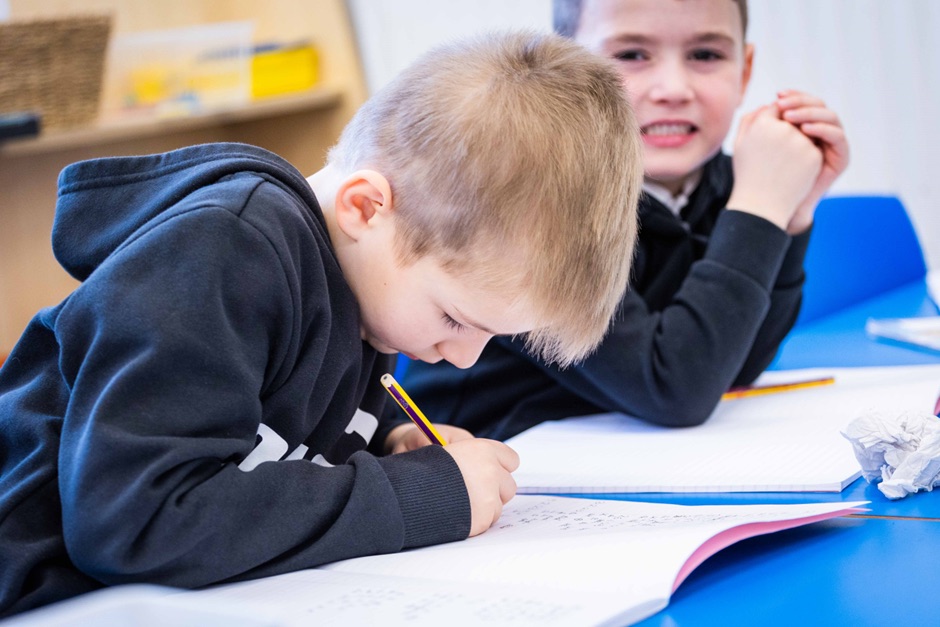
Supporting pupils with English as an additional language
There are now more than one million learners in UK schools who speak English as an additional language (EAL). This represents a considerable proportion of the school population, well above 15 per cent. In our schools, we welcome a number of pupils from diverse backgrounds and are delighted by the way in which all pupils settle into our school community and make good progress in their learning.
How we meet the needs of EAL learners:
Certain principles help teachers adapt their lessons to the needs of EAL learners. By following these, teachers can help these children reach their educational potential and play a positive part in school life. Strategies recognised as highly effective in supporting the language development of EAL pupils are also recognised to be effective in supporting all learners. We therefore adopt these as a core part of our teaching and learning in all lessons.
We support EAL pupils in our lessons the following ways:
- Systematically teach the building blocks of the English Language, through phonics, handwriting, grammar, reading and writing lessons, daily.
- Use more visuals in the form of pictures, photographs, video clips and so on, to help learners make sense of new information.
- Use tables or grids to help learners organise their thinking.
- Develop interactive and collaborative teaching and learning styles and activities.
- Think about the language demands of the curriculum (oral and written) and provide models.
- Use drama and role play to make learning memorable.
- Get learners to work with partners or in a small groups using the language for a specific purpose rather than out of context.
We view our school community as a rich resource and actively seek opportunities for pupils to share experiences and cultures from other countries and bring an international perspective, helping their peers understand different cultures, people and points of view better.